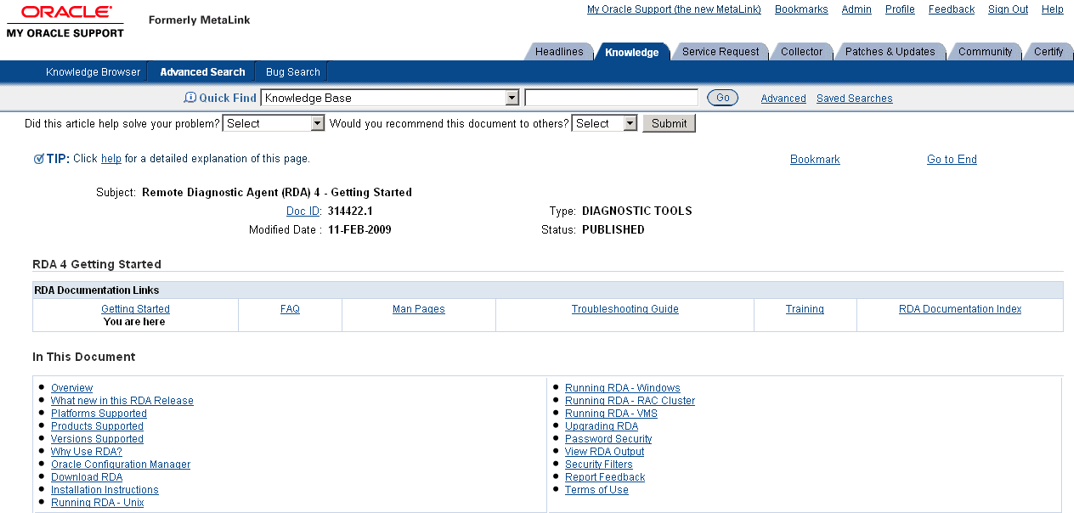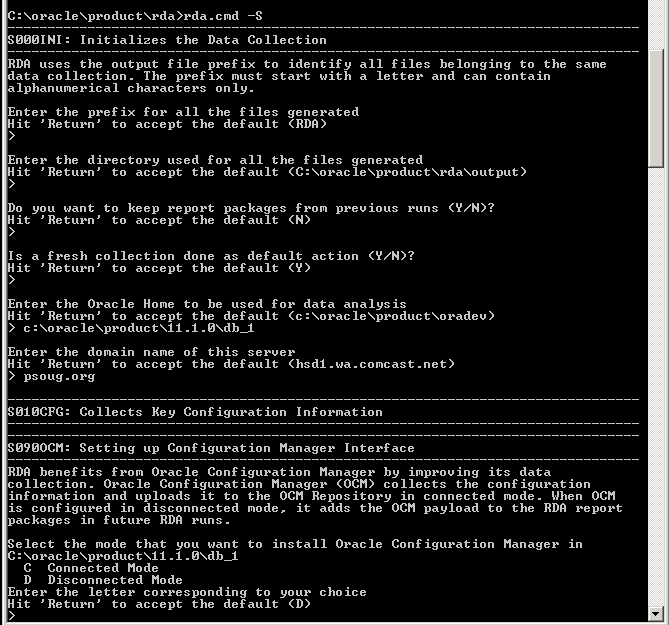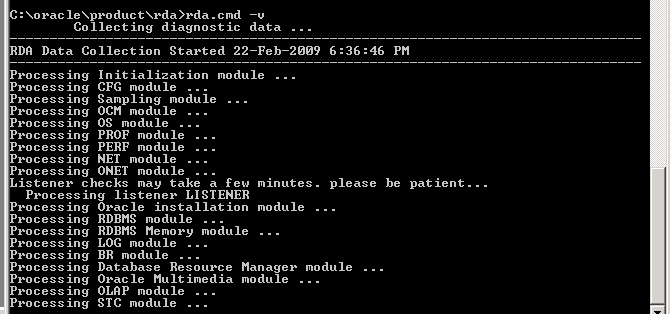RMAN> backup validate database;
Starting backup at 18-SEP-18
using channel ORA_DISK_1
channel ORA_DISK_1: starting full datafile backup set
channel ORA_DISK_1: specifying datafile(s) in backup set
input datafile file number=00003 name=+DATA/ACME/DATAFILE/sysaux.257.848597951
input datafile file number=00001 name=+DATA/ACME/DATAFILE/system.258.848598015
input datafile file number=00002 name=+DATA/ACME/DATAFILE/example.266.848598231
input datafile file number=00004 name=+DATA/ACME/DATAFILE/undotbs1.260.848598093
input datafile file number=00006 name=+DATA/ACME/DATAFILE/users.259.848598091
channel ORA_DISK_1: backup set complete, elapsed time: 00:01:26
List of Datafiles
=================
File Status Marked Corrupt Empty Blocks Blocks Examined High SCN
---- ------ -------------- ------------ --------------- ----------
1 OK 0 17641 101128 2022436
File Name: +DATA/ACME/DATAFILE/system.258.848598015
Block Type Blocks Failing Blocks Processed
---------- -------------- ----------------
Data 0 66131
Index 0 13902
Other 0 3446
File Status Marked Corrupt Empty Blocks Blocks Examined High SCN
---- ------ -------------- ------------ --------------- ----------
2 OK 0 34100 45760 1889464
File Name: +DATA/ACME/DATAFILE/example.266.848598231
Block Type Blocks Failing Blocks Processed
---------- -------------- ----------------
Data 0 6779
Index 0 1219
Other 0 3662
File Status Marked Corrupt Empty Blocks Blocks Examined High SCN
---- ------ -------------- ------------ --------------- ----------
3 OK 0 26868 102408 2022495
File Name: +DATA/ACME/DATAFILE/sysaux.257.848597951
Block Type Blocks Failing Blocks Processed
---------- -------------- ----------------
Data 0 19341
Index 0 12752
Other 0 43439
File Status Marked Corrupt Empty Blocks Blocks Examined High SCN
---- ------ -------------- ------------ --------------- ----------
4 OK 0 129 9600 2022495
File Name: +DATA/ACME/DATAFILE/undotbs1.260.848598093
Block Type Blocks Failing Blocks Processed
---------- -------------- ----------------
Data 0 0
Index 0 0
Other 0 9471
File Status Marked Corrupt Empty Blocks Blocks Examined High SCN
---- ------ -------------- ------------ --------------- ----------
6 OK 0 17 643 1767683
File Name: +DATA/ACME/DATAFILE/users.259.848598091
Block Type Blocks Failing Blocks Processed
---------- -------------- ----------------
Data 0 33
Index 0 5
Other 0 585
channel ORA_DISK_1: starting full datafile backup set
channel ORA_DISK_1: specifying datafile(s) in backup set
including current control file in backup set
including current SPFILE in backup set
channel ORA_DISK_1: backup set complete, elapsed time: 00:00:01
List of Control File and SPFILE
===============================
File Type Status Blocks Failing Blocks Examined
------------ ------ -------------- ---------------
SPFILE OK 0 2
Control File OK 0 612
Finished backup at 18-SEP-18
RMAN>
RMAN> restore validate database;
Starting restore at 18-SEP-18
using target database control file instead of recovery catalog
allocated channel: ORA_DISK_1
channel ORA_DISK_1: SID=592 device type=DISK
channel ORA_DISK_1: starting validation of datafile backup set
channel ORA_DISK_1: reading from backup piece +FRA/ACME/BACKUPSET/2018_09_18/nnndf0_tag20180918t183159_0.296.987186719
channel ORA_DISK_1: piece handle=+FRA/ACME/BACKUPSET/2018_09_18/nnndf0_tag20180918t183159_0.296.987186719 tag=TAG20180918T183159
channel ORA_DISK_1: restored backup piece 1
channel ORA_DISK_1: validation complete, elapsed time: 00:01:05
Finished restore at 18-SEP-18
RMAN>













